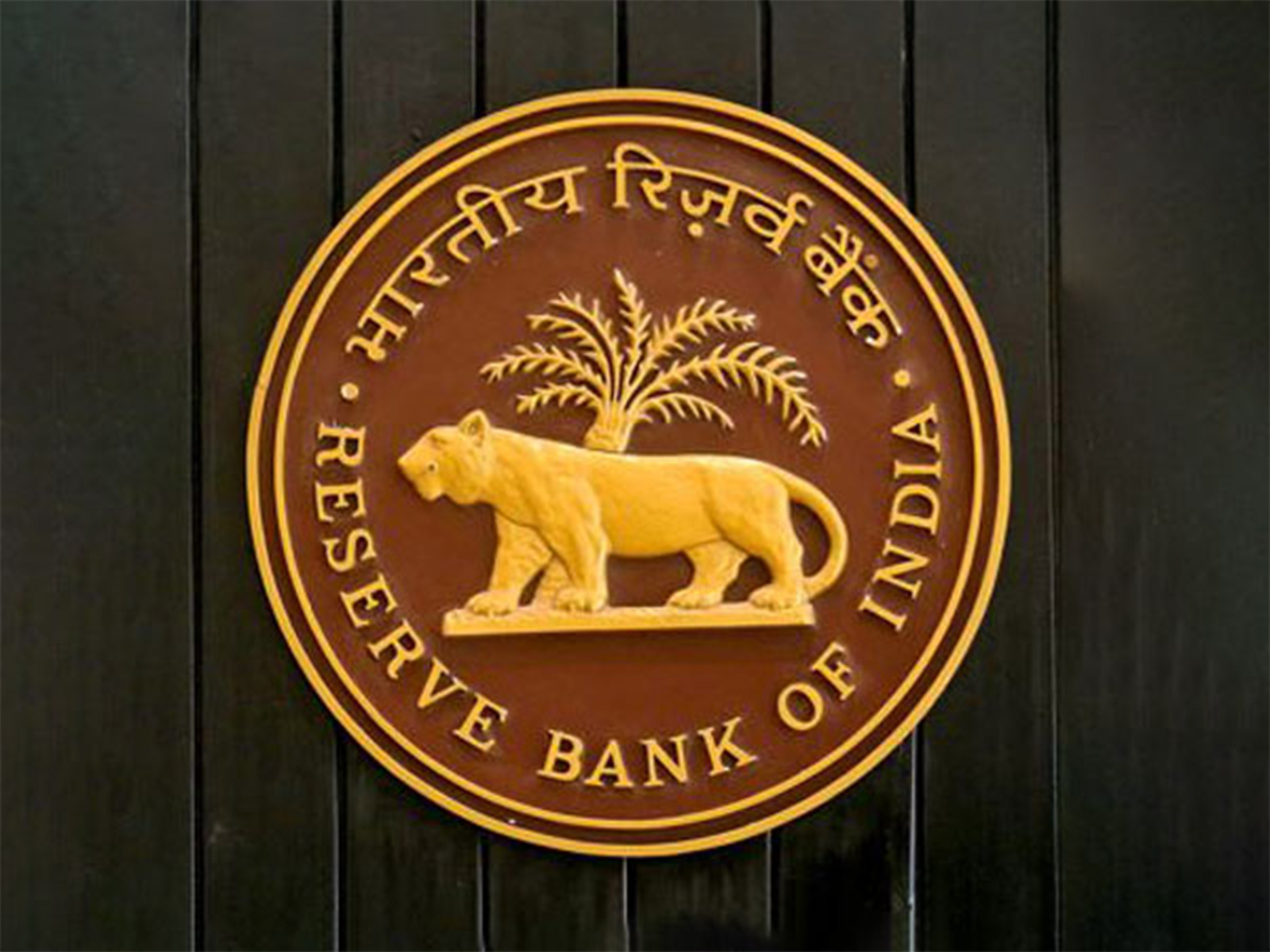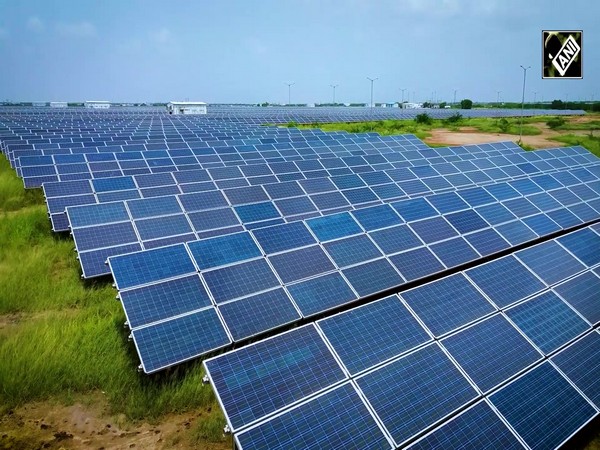Worldwide semiconductor revenue to drop 11 pc in 2023: Gartner
Apr 30, 2023

Stamford (Connecticut) [US], April 30 : Global semiconductor revenue is projected to decline 11.2 per cent in 2023, according to a forecast.
According to the latest forecast from Gartner, in 2022, the market totalled USD 599.6 billion, which was marginal growth of 0.2 per cent from 2021. The short-term outlook for the semiconductor market has deteriorated further. Global semiconductor revenue is forecast to total USD 532 billion in 2023.
"As economic headwinds persist, weak end market electronics demand is spreading from consumers to businesses, creating an uncertain investment environment. In addition, an oversupply of chips which is elevating inventories and reducing chip prices, is accelerating the decline of the semiconductor market this year," said Richard Gordon, Practice Vice-President, Gartner, the consulting company.
The memory industry is dealing with overcapacity and excess inventory, which will continue to put significant pressure on average selling prices (ASPs) in 2023. The memory market is projected to a total USD 92.3 billion, a decline of 35.5 per cent in 2023. However, it is on pace to rebound in 2024 with a 70 per cent increase.
The dynamic random access memory (DRAM) market will witness significant oversupply for most of 2023 due to weak end-equipment demand and high inventory levels despite a bit of flat production by DRAM vendors. Gartner analysts foresee DRAM revenue will decline 39.4 per cent in 2023 to total USD 47.6 billion. The market will move to undersupply in 2024 and DRAM revenue is set to increase 86.8 per cent as pricing rebounds.
Over the next six months, Gartner expects the dynamics for the NAND market will be similar to the DRAM market. Weak demand and significant vendor inventory will create oversupply resulting in strong price declines. As a result, NAND revenue is projected to decline 32.9 per cent to USD 38.9 billion in 2023. In 2024, NAND revenue is projected to increase 60.7 per cent due to a deep supply shortage.
NAND is a type of flash memory that reduces erase and write times lower than hard drive, and requires less chip area per cell, which allows for more storage density and lower cost.
"The semiconductor industry is facing a number of long-term challenges in the decade to come," said Gordon. "The past decades of high volume, high-dollar content market drivers are coming to an end, notably in the PC, tablet and smartphone markets where technology innovation is lacking."
In addition, Gartner said Covid and the US and China trade tension have precipitated the deglobalisation trend and the rise of techno nationalism. "Semiconductors today are seen as a national security issue," said Gordon. "Governments around the world are scrambling to build self-sufficiency in the semiconductor and electronics supply chain. This is leading the incentivisation of onshoring initiatives across the world."
The PC, tablet and smartphone semiconductor markets are stagnating. Gartner said the combined markets will represent 31 per cent of semiconductor revenue in 2023 and total USD 167.6 billion. "These high-volume markets have saturated and become replacement markets devoid of compelling technology innovation," said Gordon.
In parallel, both the automotive and industrial, military/civil aerospace semiconductor markets will achieve growth. The automotive semiconductor market is forecast to grow 13.8 per cent, reaching USD 76.9 billion in 2023, Garner said.
In the future, there will be many more but smaller end markets, according to the forecast. End markets will be more fragmented, with pockets of growth coming from multiple different sectors in the automotive, industrial, internet of things (IoT) and military/aerospace sectors.



















